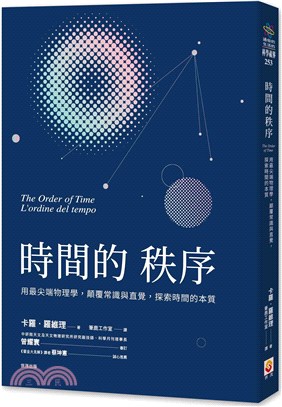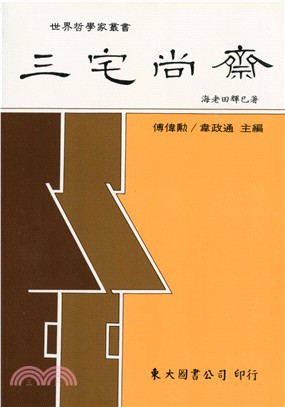Artifact Suppression through an Adaptive Image Demosaicing Algorithm
商品資訊
商品簡介
Image processing is the process of applying various procedures to an image in order to improve it or extract some relevant information from it. It is a sort of processing where the input is an image and the output can either be another picture or features/characteristics related to that image and is one of the technologies that is rapidly developing. It is a primary subject of research in the fields of engineering and computer science as well. Image processing comprises importing the image using image capture tools, analysing it, and then altering it such that the output can be a changed image or report depending on the image analysis. Analog and digital image processing are the two categories of image processing techniques. Image analysis makes use of a variety of interpretational foundations while utilising these visual approaches. Digital image processing methods are useful for modifying digital pictures when utilising computers. When employing digital method, all sorts of data go through three main phases: pre-processing, improvement, and presentation, as well as information extraction.
Red, green, and blue planes with high resolution make up a digital colour image. The red, blue, and green planes would ideally be collected by three distinct sensors, but this is too expensive for practical usage. The most common pattern employed is the Color Filter Array (CFA) Bayer pattern, which is made up of a mosaic of red, blue, and green sensors arranged to collect the image data.
Demosaicing approaches were first based on traditional picture interpolation techniques as bilinear interpolation, cubic spline interpolation, and nearest neighbour replication. Better results were obtained using the technique that took use of the inter-channel correlation between colour components. After that, edge directed interpolation techniques were created. This served as the foundation for numerous algorithms that either used gradients or edge classifiers. To determine the interpolation direction, some algorithms used the absolute sums of first- and second-order directional derivatives at a pixel. A different algorithm worked with two sets of colour interpolated photos. The main reasons for reconstruction mistakes are incorrect edge direction estimate, the interpolation filter's low-pass characteristic, and a localised weak correlation in the mid-frequencies across the three colour bands.
主題書展
更多書展本週66折
您曾經瀏覽過的商品
購物須知
外文書商品之書封,為出版社提供之樣本。實際出貨商品,以出版社所提供之現有版本為主。部份書籍,因出版社供應狀況特殊,匯率將依實際狀況做調整。
無庫存之商品,在您完成訂單程序之後,將以空運的方式為你下單調貨。為了縮短等待的時間,建議您將外文書與其他商品分開下單,以獲得最快的取貨速度,平均調貨時間為1~2個月。
為了保護您的權益,「三民網路書店」提供會員七日商品鑑賞期(收到商品為起始日)。
若要辦理退貨,請在商品鑑賞期內寄回,且商品必須是全新狀態與完整包裝(商品、附件、發票、隨貨贈品等)否則恕不接受退貨。
























